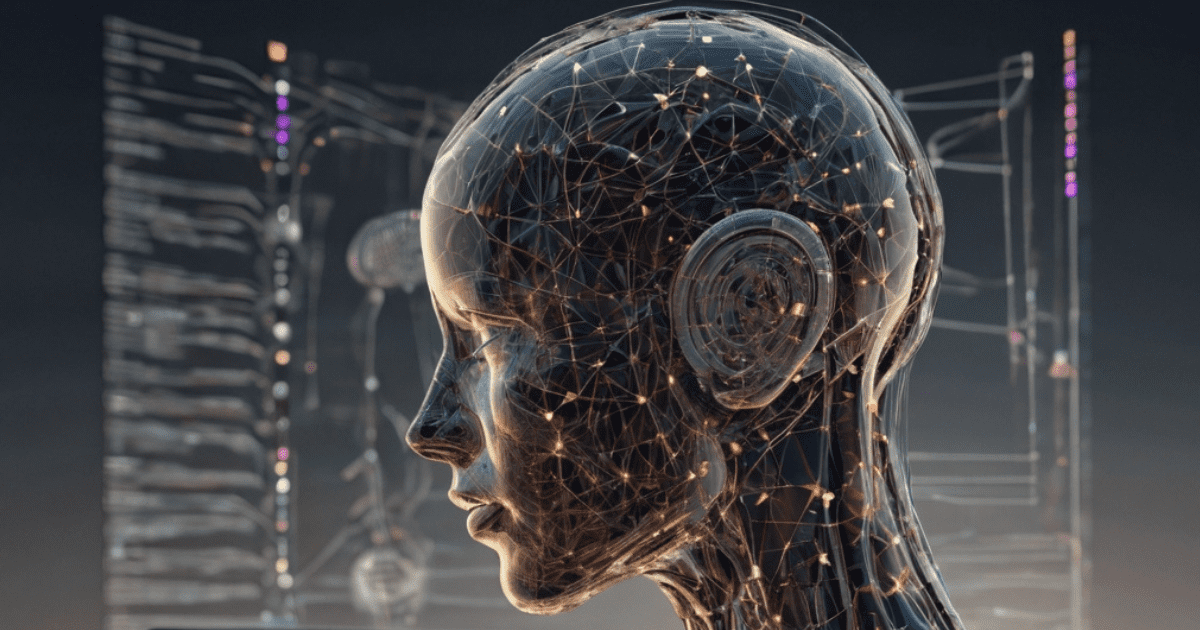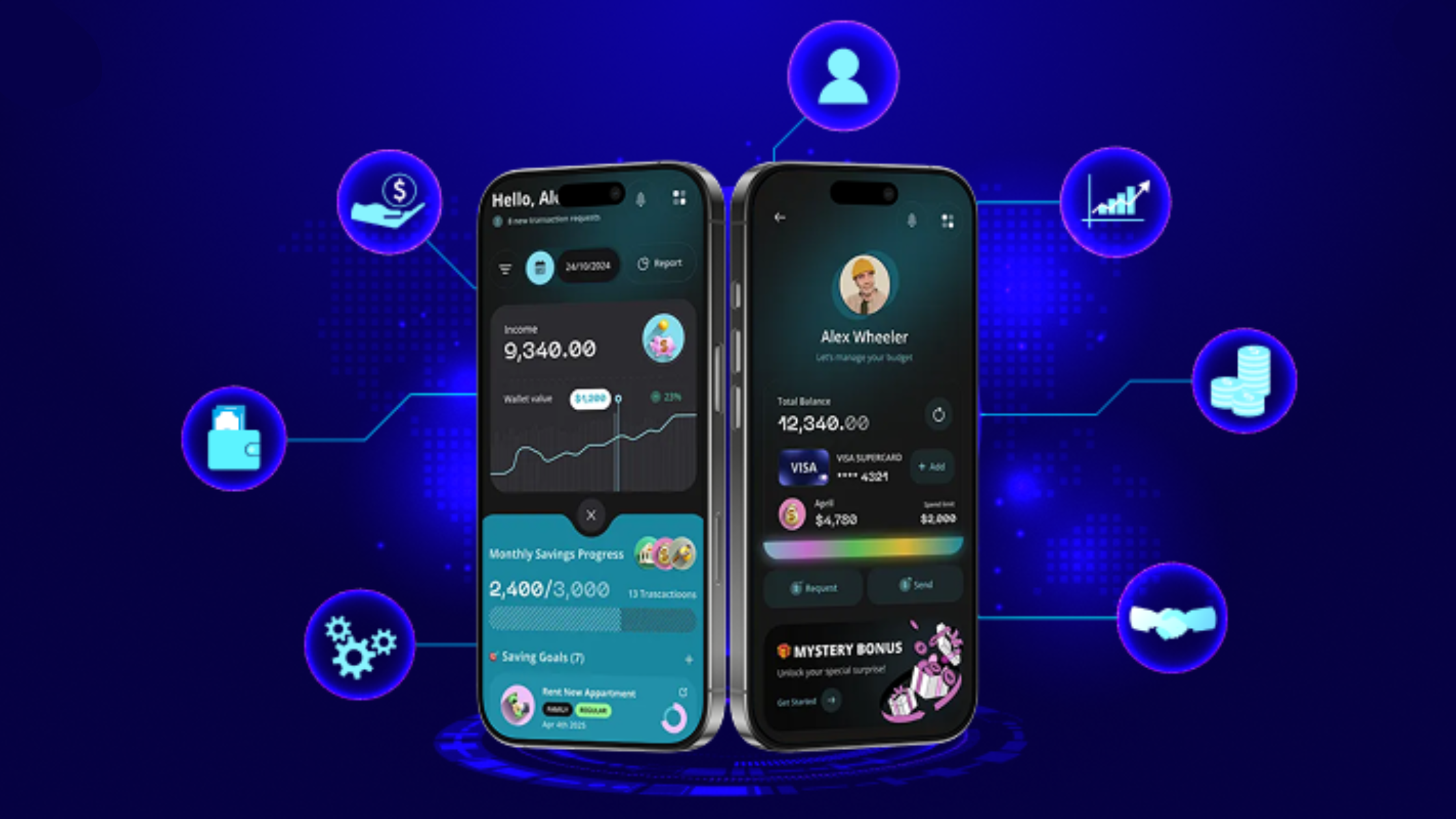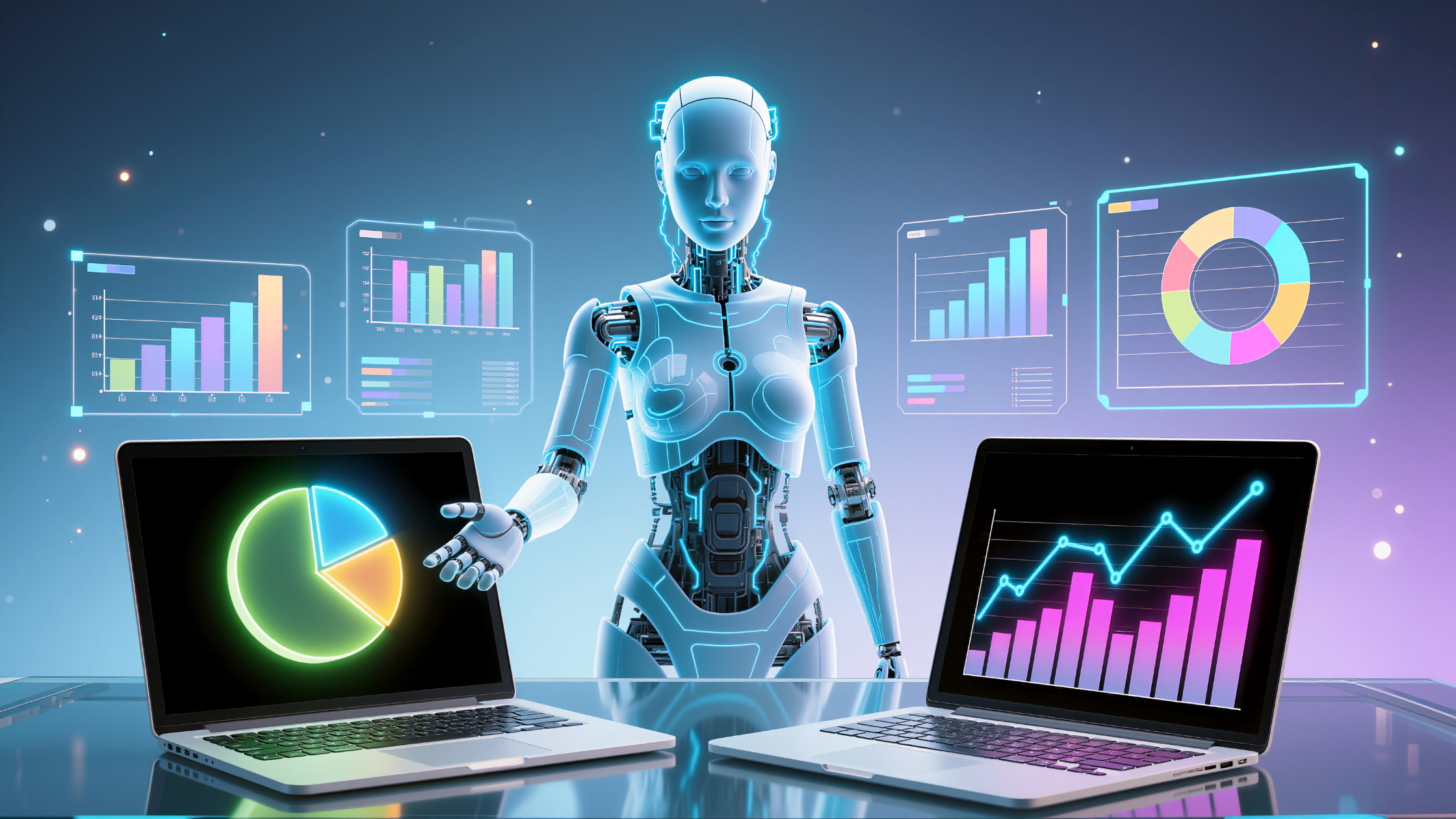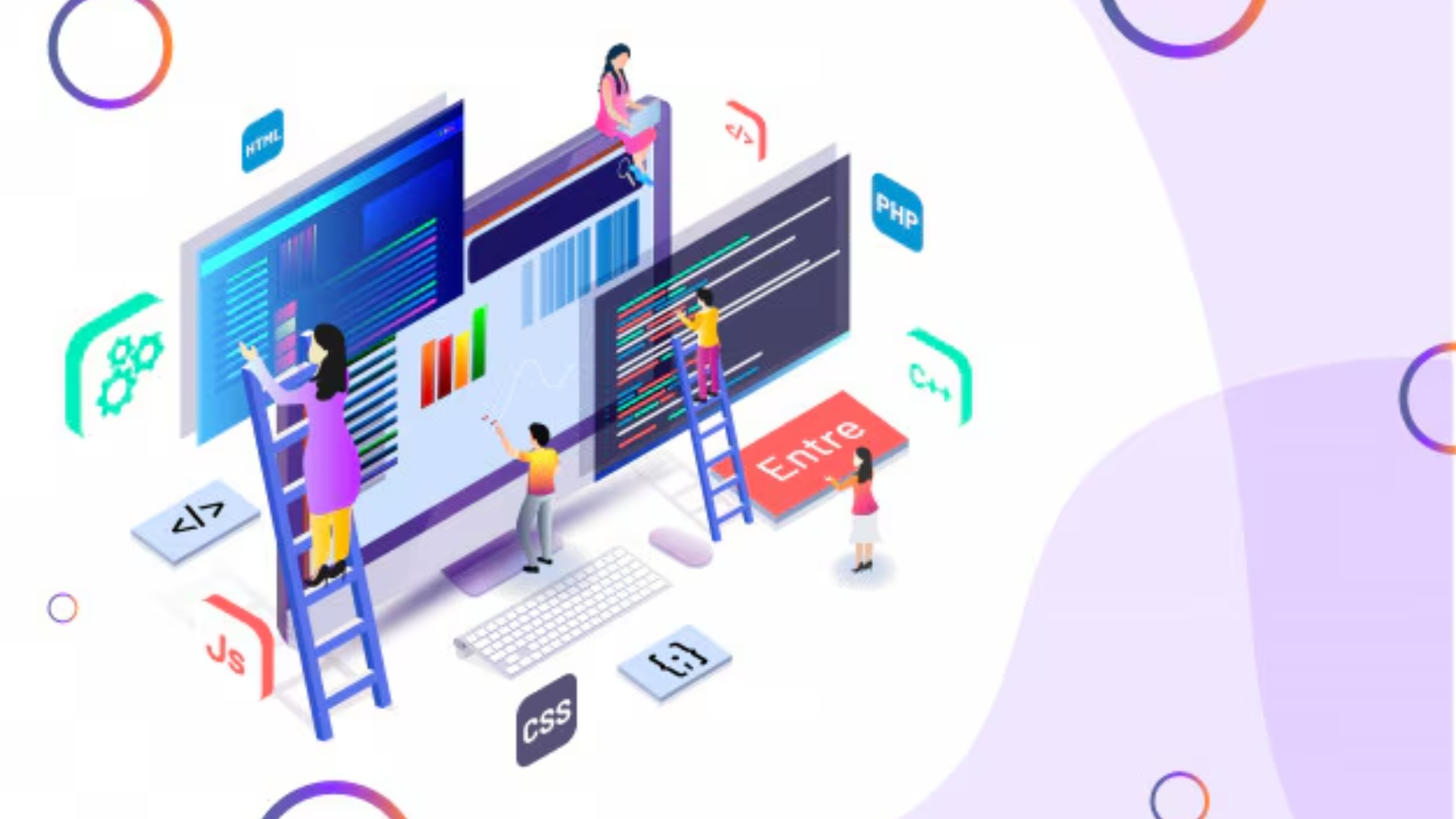Introduction
Generative artificial intelligence (AI) is all about AI systems that create new stuff like text, images, audio, video, and code. Instead of following specific rules, generative AI models get trained on massive datasets to learn patterns and connections. Then, they use that knowledge to whip up fresh and realistic outputs.
The most common kind of generative AI is based on neural networks. These AI models have layers of artificial neurons that pass information back and forth. Through training on sample data, the connections between neurons get fine-tuned. By studying many examples, the neural network learns to spot patterns and churn out new outputs that statistically resemble the training data. It’s mind-blowing how close generative AI can get to sounding like a real human.
Some of the most talked-about examples of generative AI include systems that can write essays, novels, and news articles, create realistic images and videos, compose music, or even generate computer code. Granted, current models still have limitations, but the progress is crazy impressive. Generative AI is unlocking a massive amount of creative potential that keeps improving.
Generative AI Model
Generative AI models are these extremely smart models trained on gigantic data to generate a host of new content. Key models in the forefront to lead the world into this sphere are:\n\n\nGPT-3: This bad boy is the brainchild of OpenAI and comes in the form of an enormous language model trained on the likes of books, Wikipedia, and web pages. It can generate text that looks like a human’s by predicting the next word in a sentence. GPT-3 is also behind some amazing stuff—chatbots, content creation, and finishing your sentences for you.\n\n\nDALL-E: Another one from OpenAI, this one has nailed the whole thing of generating images from written descriptions. This thing uses something called \”diffusion\” to create images that are as realistic and creative as possible. They even recently released a newer version, DALL-E 2, which shows up images in even higher resolution and detail.\n\n\nStable Diffusion: Now, this is cool stuff from Stability AI. It’s an image generator that’s been trained on pairs of images and text. It can be used for the creation of top-notch images from text with some control over the process. Plus, it’s open source, so anyone can join the party.\n\n\nJukebox: OpenAI again with this gem. Jukebox is all about generating music from pop and classical to whatever. It is trained on 1.2 million songs, so you know it’s got the tunes. And the best part? The generated music has ear-catching melodies and killer instrumentals. Get ready to dance!
Codex: It seems that OpenAI is killing it with this one. Codex can take regular old language and translate it into code. Thus, if you require some code for your coding tasks, then be assured that Codex has got you covered. It speaks a whopping 12 programming languages, including Python, JavaScript, and Go. It is like having a coding whiz in your pocket .\n\n\nThese models demonstrate how far generative AI has evolved in a very short time. It does things that would have been unimaginable some years ago. And the best thing is that even stronger models are under development, opening a completely new dimension of AI-generated content. It’s the best time ever to be in the AI game!
Generative AI for Writing
Generative AI models like GPT-3 and GPT-4 have shown some awe-inspiring skills when it comes to helping out with writing tasks. These big language models can churn out text that’s almost like it was written by a human, all thanks to being trained on huge amounts of data. You just give them a few words or sentences, and they can fill in the blanks for articles, stories, emails, and more.
So, how can generative AI make writing easier? Well, there are a few key ways:
1. Brainstorming – This AI is a pro at generating loads of ideas that are related to a given topic, which can kickstart the creative process. Just tell it what you’re looking for, and it’ll give you a bunch of angles to work with.
2. Drafting – With a rough outline or a prompt, these models can whip up a complete first draft surprisingly fast. This can save a writer a ton of time and effort.
3. Editing – The AI is great at fixing grammar mistakes, spelling errors, and awkward phrasing in a draft. Some models can even help improve the overall flow and clarity of the text.
4. Research – Need some quick facts or passages on a specific topic? Just ask the AI to summarize or synthesize the information, and it’ll deliver the goods in no time. This really speeds up the research and content creation process.
5. Personalization – These generative models can mimic different writing styles, which makes it super easy to adapt your tone and voice for different audiences and contexts.
6. Inspiration – Sometimes, just seeing what the AI comes up with can spark new ideas and creative directions. Its suggestions might bring a fresh angle that you hadn’t considered before.
By giving it the right guidance and doing some good old-fashioned editing, generative AI has the power to seriously boost human creativity and productivity when it comes to writing tasks. It breaks down barriers and makes it easier to create all kinds of content. The fast turnaround it enables allows for more experimentation and refinement. For many, having a generative writing AI feels like having a tireless assistant that brings their ideas to life.
Generative AI for Images/Video
Generative AI has shown incredible potential in automatically creating images, artwork, and videos. Models like DALL-E 2, Stable Diffusion, and Imagen are capable of generating realistic and artistic images with just a text prompt. These models have been trained on massive datasets of images, allowing them to create completely unique visuals that were not part of their training data.
For example, let’s take DALL-E 2 as an example. If you give it a text prompt like “a chair shaped like an avocado,” it can generate a photo-realistic image of exactly that. The level of detail and quality in these generated images is truly impressive. These AI models are a game-changer, enabling graphic designers, artists, advertisers, and many others to instantly create one-of-a-kind visual content.
AI-powered video generation is also advancing rapidly. There are models being developed that can generate short videos based on text prompts or even create talking avatars that perfectly sync with provided audio. Take models like Make-A-Video and Creativity, for instance. They can produce simple videos of common actions just by using text descriptions. Although video generation is still in its early stages, progress is being made at an astonishing pace.
In a nutshell, generative AI has the potential to revolutionize visual content creation. Soon, videographers, animators, and other visual artists may be able to effortlessly produce custom visual media on a large scale. This will significantly expand access to captivating and personalized visual content for everyone.
Generative AI for Music/Audio
Generative AI is revolutionizing the way we create music and audio content. It’s pretty mind-blowing how models like Jukebox, MuseNet, and Aiva can whip up original songs, instrumentals, and music in any genre you can think of. These bad boys have been trained on massive datasets of existing songs, so they’re like virtual music maestros that can produce top-notch tunes that sound just like something a human would come up with.
But wait, there’s more! AI can also generate speech, podcasts, and even audiobooks. These smart models are trained on huge datasets of human speech to pick up on the natural rhythms and patterns of conversation. The result? Audio content that sounds totally natural, like it was voiced by a real, live human being. Companies like Anthropic and Descript are already using AI voices to jazz up their podcasts, narrate audiobooks, and offer text-to-speech services.
So, what can generative AI do for audio? Well, it can compose original tracks and instrumentals that will blow your mind. It can whip up music in specific genres and styles, perfect for setting the mood in videos or games. It can even create synthesized voices and digital assistants that make Siri and Alexa look like old news. And if you need someone to narrate your audiobook or podcast, generative AI has got your back. It can also provide text-to-speech services, so you can turn your written content into spoken words in a jiffy. Oh, and don’t forget about remixing and mastering existing audio content – it’s got that covered too!
Generative audio AI is like a superhero sidekick for creators and artists. It gives them powerful new tools to produce high-quality audio content faster and more efficiently. Of course, like with any cool innovation, there are some concerns floating around about copyright, ownership, and the impact on human musicians and voice actors. But hey, despite the questions, generative audio AI is an exciting leap forward in content creation that’s here to stay. It’s like a futuristic DJ that’s always ready to drop some sick beats and help you make your mark in the world of music and audio. So, get ready to turn up the volume and let generative AI take your creations to the next level!
Generative AI for Code
Some applications of generative AI demonstrate outstanding promise for automating or assisting in software development.GitHub has developed Copilot, and Anthropic has developed Claude – AI models trained on millions of lines of public code to make code completion suggestions, as well as suggestions for documentation, debugging, and more.OpenAI has developed Codex, which is trained on 500M lines of public code and predicts consecutive lines of code.Codex and similar models take as input a partially-written function or class, even just a few comments describing desired behavior, and generate suggestions for completing the code.Similarly, the models will autocomplete an incomplete function name, fill in boilerplate (imports, argument types, etc.), and offer alternative implementations Developers describe the experience as “having an expert pair programmer levitating next to you, making suggestions as you type.”By relieving the developer of some of the more mundane, repetitive tasks of coding, the developer is freed up to tackle more challenging problems and architectural decisions. Generative coding AI can also accelerate prototyping and the software development cycle Beginners can interact with the models to educate themselves on how to code something by example, rather than by rule.Anonymous types, experimental syntax, and other language constructs that are difficult or impossible to generate recursively can still be autocompeted by looking at context across the entire project.Using these techniques, it is possible to generate code that is correct 100% of the time that it is used. Experts in the field have mixed opinions on whether such auto-generated code should be reviewed with great care, or whether the models can be trained to a high enough reliability that suggestions can be used “as is”. There are also complex questions around the rights, licensing, and biases of the training datasets.Overall, it appears that generative coding AI will continue to transform the experience of software development, allowing experts to focus on complex problems rather than mundane tasks. It also holds the potential to allow beginners to learn by example rather than by rote.
Ethical Considerations
With the growth of generative AI, there have been many thoughtful conversations about ethics, harm, and appropriate development of the technology. While there are many exciting benefits to the technology and new creative opportunities it affords, there are also very valid concerns that must be considered.
Concerns include bias. Generative models train on large datasets in an attempt to learn the patterns and structures present within these datasets. Often, real-world datasets are collected and contain massive amounts of social bias that already exists in the world. A text-based generative model trained on datasets with offensive or stereotypical references to under-represented groups may output similar harmful text. An image-based generative model may lack racial, gender, or body diversity if the dataset lacks this diversity. Developers and researchers must consider the datasheets and the outputs of these models for harmful bias, and explore methods to create more inclusive and fairer systems.
Misinformation is another consideration. Often, generated samples can output false information that is plausible and believable. These instances, if released into the wild, could lead to the spread of false news or information. Developers must have methods to identify this misinformation from their generated samples and filter it, especially as these models move into higher-stakes recommendations and solutions.
Uncertainty around intellectual property and copyright is another aspect of generative AI that has yet to be fully resolved. If developers train their models on datasets that are copyrighted material without permission, they may be liable. If these models are used to create derivative works and distributed without proper attribution, similar actions may be considered copyright infringement. Additionally, the copyright status of AI-generated content is unclear—what happens when users ask chatbots and language models to write stories, songs, or create art? As this technology grows and evolves, clearer laws and best practices around appropriate credit and intellectual property protection will need to be established.
More broadly, it’s exciting to consider the potential of this technology, but as with many technologies, there is significant potential for harm if the development of this technology is not carefully considered. Ethics, transparency, and accountability must remain central objectives as we consider the development of generative AI to ensure its full creative potential can be reached, and its potential for harm is greatly reduced. Conversations among developers, researchers, legislators, and users as this technology continues to grow will be key in shaping generative models in positive ways.
Current Applications
Generative AI is already being used in a variety of creative applications today. Here are some examples:
- Content writing – Tools like Anthropic’s Claude and Jasper allow users to generate long-form content on many topics with just a text prompt. The AI can research topics, outline content, and write full articles or blog posts.
- Social media captions – Apps like Phrase and Writesonic leverage generative AI to automatically create engaging social media captions and post ideas tailored to a user’s brand.
- Design – DALL-E 2 by OpenAI can generate images from a text description. This allows creators to instantly bring their visual ideas to life. Other tools like Canva use generative AI to assist non-designers in creating graphics, logos, and more.
- Video – Startups like Synthesia are using generative AI to create realistic synthetic video. This has applications in entertainment, advertising, education, and corporate training.
- Music/audio – Mubert, Aiva, and others use AI to generate original music tracks on demand based on desired genre, mood, instruments, etc. Text-to-speech tools like Resemble AI can clone anyone’s voice for use in audio projects.
- Code generation – GitHub Copilot and TabNine auto-complete code in real time based on natural language prompts. This makes programming faster for developers.
The applications of generative AI are rapidly expanding. As the technology continues improving, it will unleash new levels of creativity and productivity across many domains.







